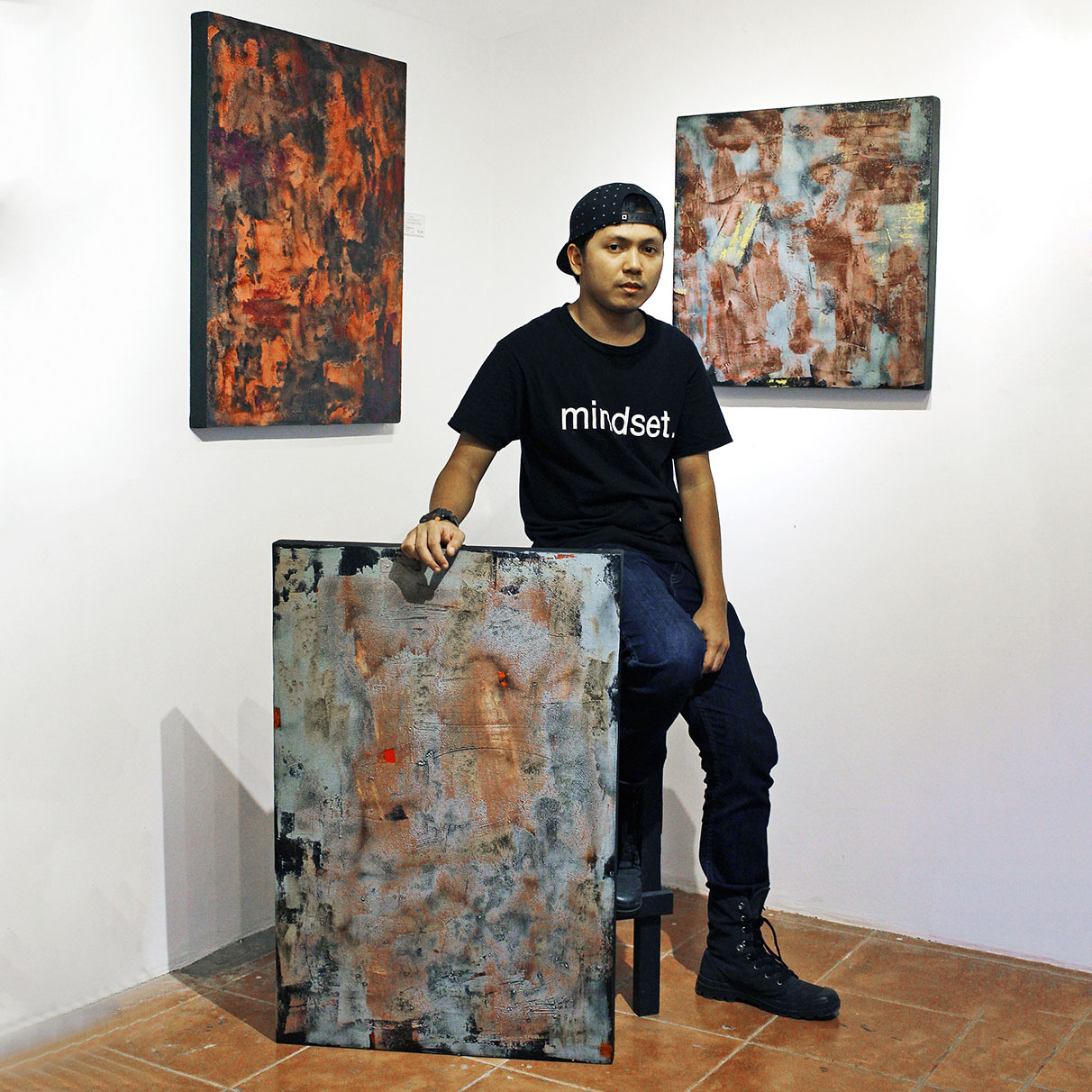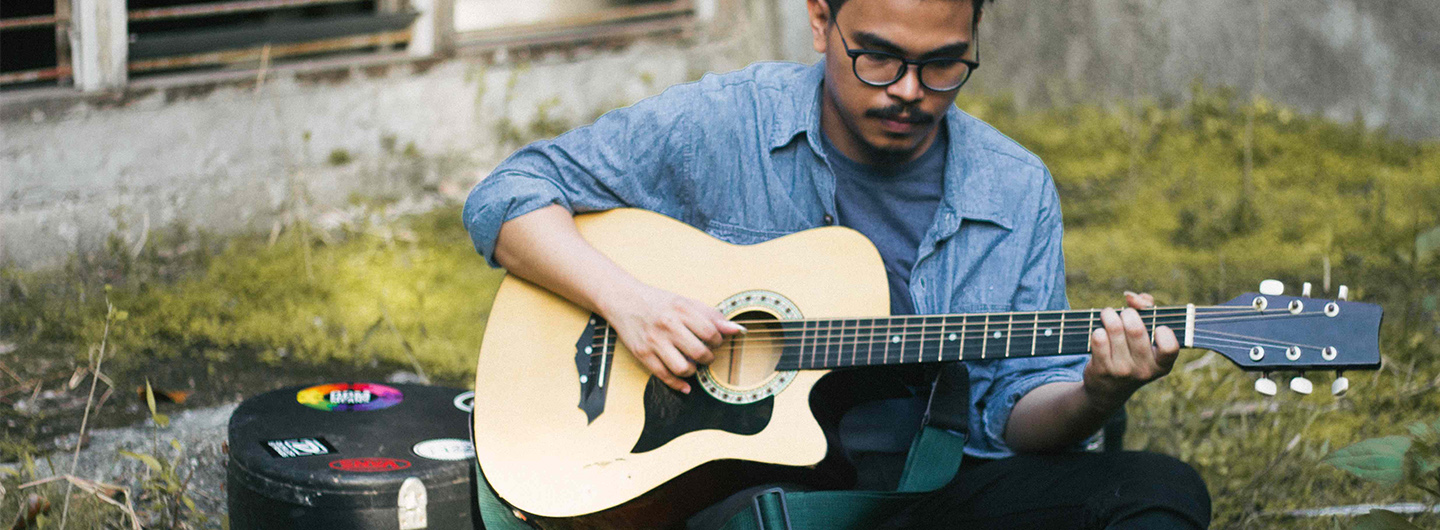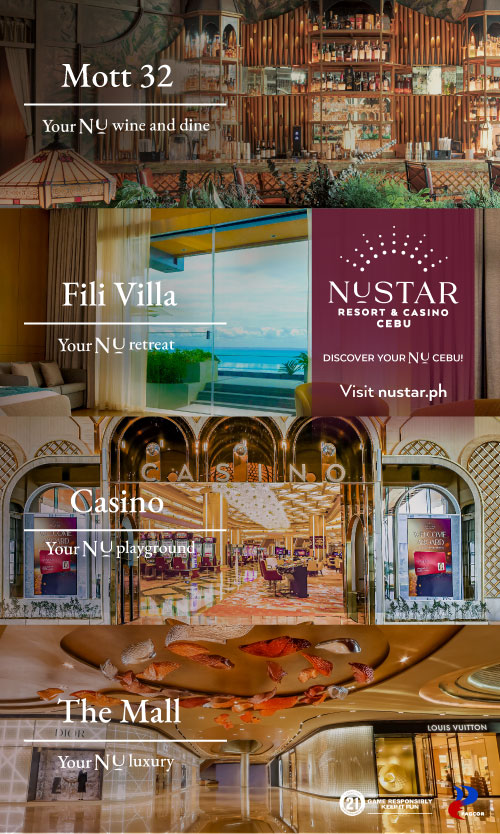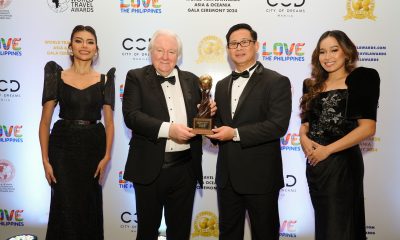Culture
Art Curator Maris Holopainen Recommends Top 5 Young Cebuano Artists You Should Know About Now
Having worked with many artists through Qube Gallery and an avid art collector herself, Maris Holopainen has been advocating young and local talent.
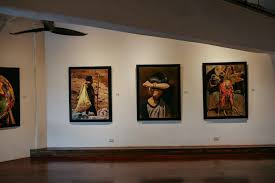
Originally published in Zee Digital Vol. 1.
Photography by Kyla Estoya
Having worked with many artists through Qube Gallery and an avid art collector herself, Maris Holopainen has been advocating young and local talent. Besides representing Cebuano artists at shows around the world, the gallery is also a platform of sorts for creatives who are hoping to make a name for themselves in the industry. Maris shares five up-and-coming artists she believes will soon become buzzed about in the local art scene.
GI Pongasi, Painter
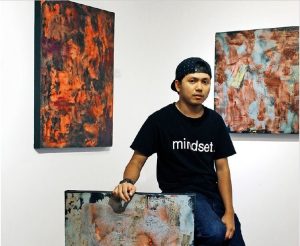
Describe your art.
Mixed media, non-figurative.
How did you break into the industry?
I joined different group exhibitions, and eventually had a chance to mount my own solo exhibit.
Plans for 2018?
After a successful one man show this January, I will continue to create a new series of work, and will be joining group exhibitions. Also, I’m planning to join major art competitions.
Borj Padron, Sculptor
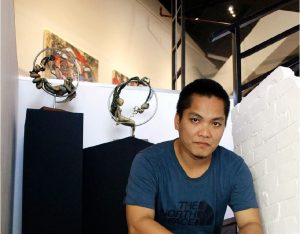
Describe your art.
I am into metal. Even when I was doing my thesis, I was working with metal cables, and stuff like that. Now, I like working with stainless steel.
How did you get into art?
Even when I was a kid, I was into arts. My parents didn’t send me to art school; they made me take engineering. when I got to my senior year, I shifted from
engineering and pursued art.
Plans for 2018?
I want to do collaborations with my coartists. I also plan on studying more on metal and wood.
Almun Rey Logronio, Sculptor
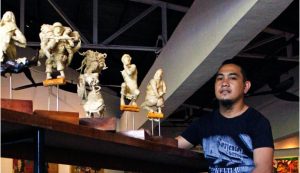
Describe your art.
My art is about comedy. I wanted to avoid the problems, so I converted them into something happy. At least for a moment, I can relieve your stress through my artwork. I experimented with 3D
painting and other materials, and some challenging techniques. For materials, I use polymer resin. My subjects are usually normal people that you’d see everyday.
How did you get into art?
I studied painting in college, but when I went to Dubai, I saw and discovered that I could do sculptures. I practiced and experimented with the materials.
Plans for 2018?
I have plans on doing another exhibit, and continuing making comedy as a statement. I want everyone to be happy. I hope I can make better pieces, and that people will like it more. And I’m planning
to add painting to my sculptures soon.
Mark Belicario, Painter
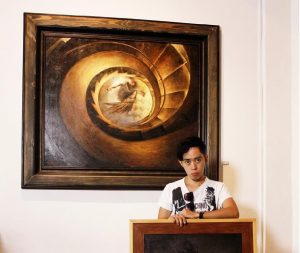
Describe your art.
My art is realism with a bit of surreal, it has some imagination. My medium is oil on canvas.
How did you break into the industry?
I started painting in 2008, together with my co-artists. They have influenced me to do the same. I was inspired by their work. From there, I attended exhibits, competitions, that’s where it all started.
Plans for 2018?
To conduct more exhibitions here and abroad, and create another painting. Maybe try a different style of my art.
Francisca Ricablanca, Painter
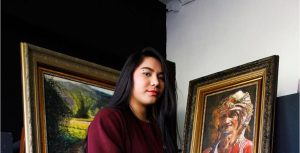
Describe your art.
I describe my art as realism, because in realism I can express my feelings and appreciate the beauty of nature. I feel like I have been enlightened by the Lord, because of what I’ve seen and what I put
in my art.
How did you get into art?
I started painting when I was 16 years old, and encouraged by a co-artist to join a trip to Samboan. I had no idea
what we were going to do there, I thought it was just another trip. It turned out they were going to do paintings on the spot. One day, they gave me a small canvas, and I finished my painting right away. The next day, they gave me a bigger canvas, and I started painting the guava tree; they were surprised that I was so quiet. I was actually drawing each leaf individually. That’s when I started.
Plans for 2018?
I want to continue, and strive harder so that I can make artwork that’s even better than what I did last year. I want to continue my career as an artist.
Culture
Cebuano Pride: The National Museum of Cebu
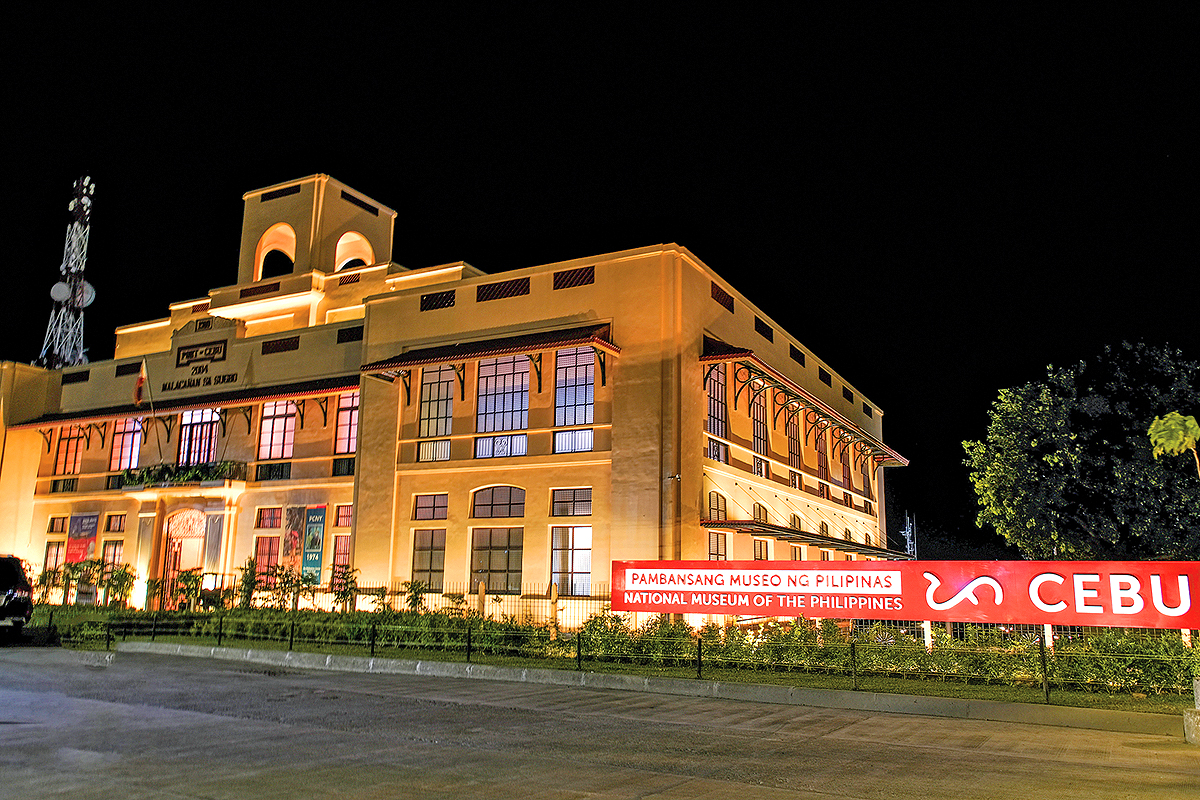
Pride of Cebu
By Eva Gullas
photos courtesy of DOT

Cebu City Tourism’s Neil Odjigue, Cembeth Hortillano and CCTC Chairperson Joy Pesquera

Museum Director Jeremy Barns, Maryanne Arculli, Andronik Aboitiz and wife Doreen, Amanda Luym

Some of the abstract art from the New York collection

Writer Eva Gullas beside Elmer Borlongan’s Battle of Mactan
Culture
The Uncommon Traditions that Mexicans and Filipinos share when celebrating the Day of the Dead.
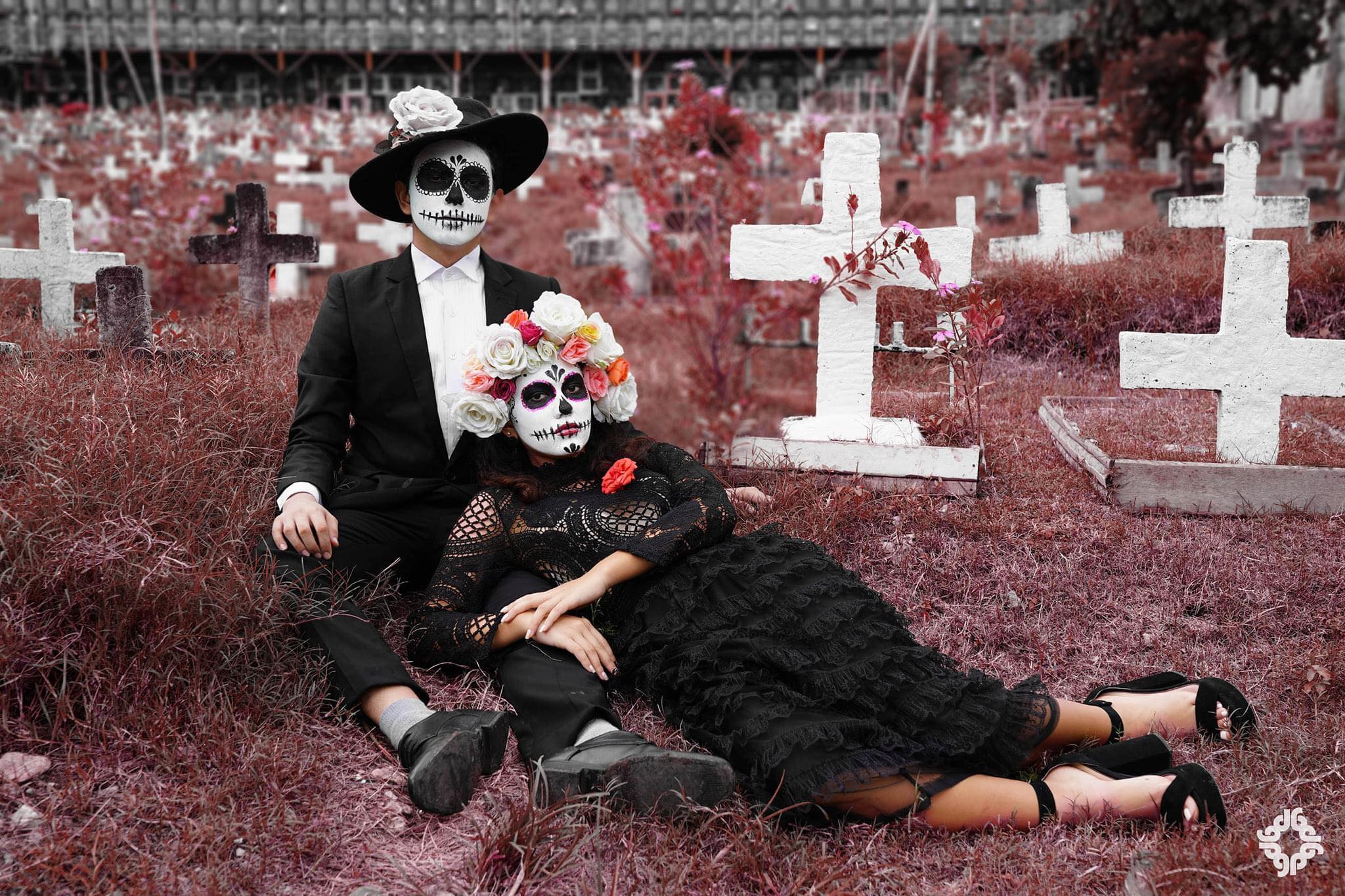
Dia de los Muertos
By Allain Dumon Fonte
The 2nd of November is All Soul’s Day, a holiday that is very important to many Filipinos to remember our loved ones who passed on. This is also widely celebrated in Mexico as “Dia De los Muertos” or in English, “The Day of the Dead”. And Mexicans celebrate the 2nd of November grander than they celebrate Christmas. Well, you can witness it from the Disney movie, “Coco”.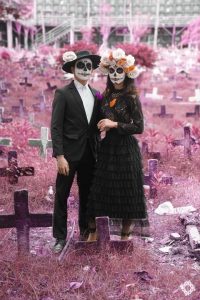
As All Soul’s Day or Dia de los Muertos is about to end, here are some interesting traditions and superstitions that Filipinos and Mexicans share:
1. IT IS NOT ON THE 31st OF OCTOBER
Dia de los Muertos or All Soul’s Day is not practiced on October 31st or on the Hallow’s Eve as many other western cultures practice; but we celebrate it on the 2nd of November. We celebrate November 1st as All Saint’s Day or the Day of the Holy, while in Mexico they call it Dia de los Innocentes or Dia de los Angelitos to commemorate the children who died too early in life.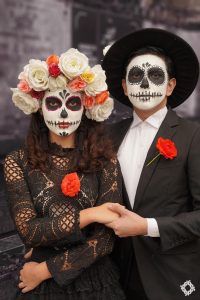
2. THE RITUAL
Both in Mexico and in the Philippines, we visit the grave of our loved ones and we clean it well. This is a ritual to honour their resting places and to let them know that they are never forgotten.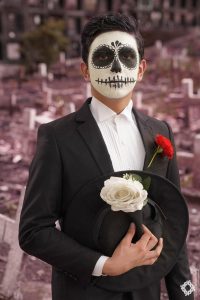
3. FLOWERS INVITE SPIRITS
In Mexico, they believe that the scent of flowers attract spirits. So the flower offerings are invitation to their dead loved ones to visit the living families. While in the Philippines, we believe that flowers offered to the dead exalt the souls and somehow fill in the sadness that we feel when missing our dead loved ones.
Most of the time, Filipinos choose all-white flowers to offer because white is the absence of colour, which means the absence of Joy and happiness. White also symbolises purity of soul which we hope our dead loved ones will attain as they journey to heaven. While in Mexico, they have the yellow Mexican marigolds as the official flowers of the dead that will guide them in their journey to the afterlife.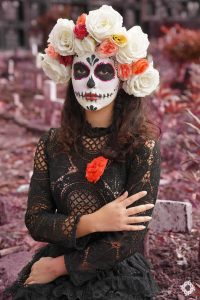
4. THE LEGEND OF THE MONARCH BUTTERFLIES
Both cultures believe that monarch butterflies are dead loved ones who visit us and show their appreciation that we have not forgotten them. A presence of monarch butterflies also means that our dead loved ones are always there guiding us and looking after us.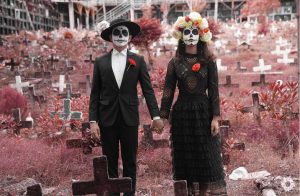
5. A PICNIC IN THE GRAVEYARD
Spending a night at the graveyard and picnicking with the rest of the family may sound very creepy to many; but to both Filipino and Mexican cultures, picnicking and spending a night at the cemetery is a must to show our love to our dearly departed. It is the only time in the year that families gather and tell stories of the dead loved ones and how colourful or how great their lives were.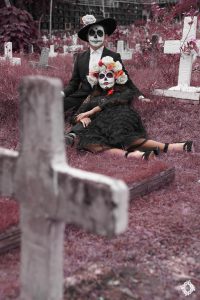
6. FOOD FOR THE DEAD
In Mexico, they have what they call “ofrendas” or an altar where the pictures of their dead loved ones are displayed and offered with flowers, candles, and their favourite food. Very similar to the Filipino culture of cooking the favourite food of our dead loved ones and everyone in the family enjoys the food for dinner.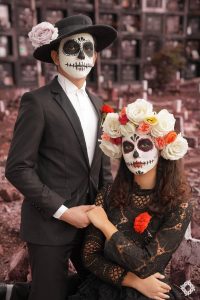
My family tradition involves me driving all the way to Colon street and buy that famous Snow Sheen’s “pancit canton”. This is my granddad’s favourite snack. Sadly, the old Visayan Restaurant is no longer there. My late uncle and my late grandpa love their sweet ad and sour fish. We also set up an “ofrenda” on their graveyard and eat their favourite food while picnicking in the cemetery. We do not spend a night in the cemetery; but while we are picnicking there, we usually play the songs of Pilita Corrales and Susan Fuentes that my late grandpa used to listen every afternoon while enjoying his coffee, pan de sal, and pancit canton.
What about your family traditions? Share your thoughts by commenting to this article.
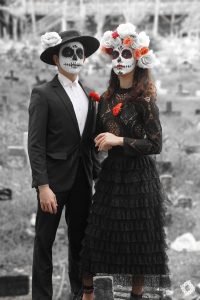 MODEL: Michael Joseph Mortola Enriquez & Alexis Wingfield
MODEL: Michael Joseph Mortola Enriquez & Alexis Wingfield
PHOTOGRAPHER: Gianne Paolo Anciano
HMUA/DESIGNER: Hazel Ocaba
STYLING: GPA Lifestyle + Clothing
Culture
Catch Ted Lasso the Emmy Award Winning Comedy Series on Apple TV+

Rating: *****/ *****
The multi award–winning comedy series airing on Apple TV+ is one of my favorite shows. Ted Lasso starring Jason Sudeikis is about a fun good-natured American football coached hired by a British soccer club (AFC Richmond in London) to become their new coach. In spite of the fact that Ted has no experience or knowledge about British football/soccer, his positive demeanor and charm helps him overcome the animosity of the team’s players, staff and fans. Eventually Ted wins over the team and the locals as they fight for position in the English Premier League.

The show won the 2021 Primetime Emmy Award for Outstanding Comedy Series and 7 Emmy Awards in its 2 seasons and Season 3 is just around the corner. You can catch Seasons 1 & 2 of Ted Lasso on Apple TV+


